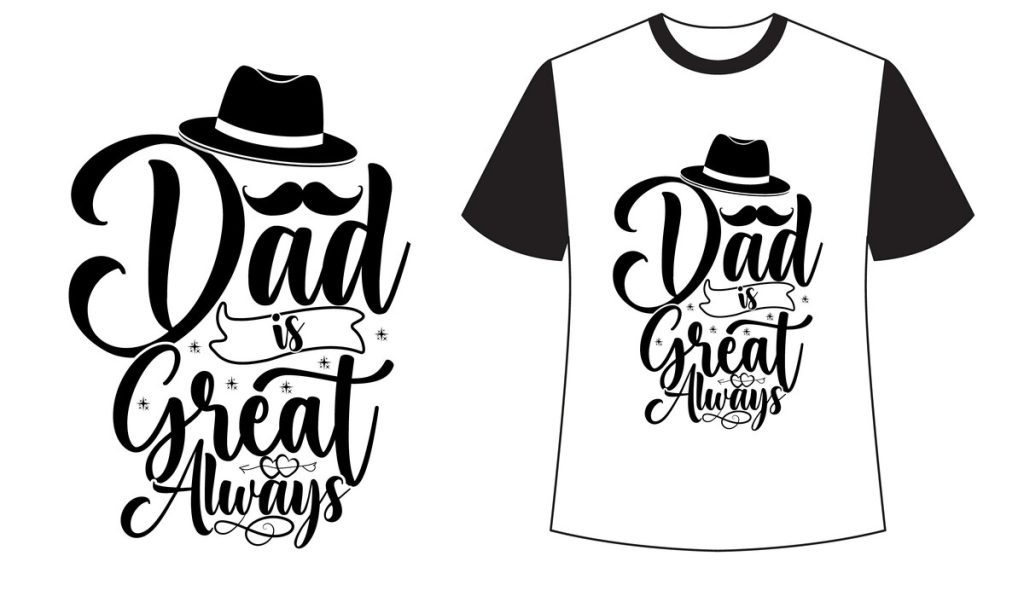In the cutting-edge realm of printing technology, **UV DTF Gangheet** emerges as a game-changer that redefines the standards for high-quality prints. This innovative printing method utilizes ultraviolet light to ensure immediate curing, which results in strikingly vivid designs that endure the test of time. As industries increasingly demand custom solutions, mastering UV DTF printing techniques is essential for creating eye-catching products that captivate audiences. From utilizing high-quality inks to perfecting printer calibration, the strategies explored in this guide will help you elevate your design potential. Dive into the world of UV DTF Gangheet to unlock tips and tricks that empower your creative prowess and set your work apart from the rest.
The world of **UV DTF** technology is revolutionizing graphic reproduction and design application, providing a seamless connection between creativity and durability. With advancements in Direct to Film processes, businesses are discovering new horizons in custom printing and aesthetic appeal. Alternative terms such as **Direct to Film UV Printing** highlight the versatility of this approach, which combines immediate curing and impressive color vibrancy. Understanding how to optimize factors like **material compatibility**, **printer calibration**, and the use of **high-quality inks** is crucial for achieving flawless results. This article will explore effective design enhancement tips that ensure your printed pieces not only look great but also stand the test of time.
The Benefits of UV DTF Gangheet in Modern Printing
UV DTF Gangheet stands out in the printing landscape, offering a unique convergence of quality, speed, and versatility. This technology empowers businesses to create eye-catching designs that are not only vibrant but also durable. The use of UV curing means that prints dry instantly, allowing for quicker turnaround times and increased productivity. In an industry where time is often of the essence, the rapid curing capabilities of UV DTF Gangheet can be a game-changer, especially for companies that handle high volumes of orders.
Moreover, UV DTF Gangheet boasts exceptional material compatibility, which expands the possibilities for creative applications. From textiles to rigid materials, the technology adapts effortlessly, providing a canvas for customization that caters to diverse client needs. Businesses leveraging this capability can capitalize on the growing demand for personalized products, setting themselves apart from competitors and appealing to a broader market.
Frequently Asked Questions
What is UV DTF printing and why is it important for design enhancement?
UV DTF printing, or Direct to Film printing, is an innovative method that instantly cures printed designs using ultraviolet light. This technology is crucial for design enhancement because it produces high-quality prints with vibrant colors and intricate details, suitable for a variety of materials like textiles and rigid substrates.
How does material compatibility affect UV DTF printing results?
Material compatibility is vital in UV DTF printing as different substrates respond differently to the UV curing process. Ensuring excellent adhesion and appropriate surface texture maximizes the vibrancy and durability of your prints. Conducting test prints on selected materials can help achieve optimal results.
What printer calibration tips should I follow for successful UV DTF printing?
To ensure high-quality UV DTF printing, regular printer calibration is essential. Focus on adjusting ink density for balanced color vibrancy and monitor curing times to prevent smudging. Maintaining consistent settings based on different substrates will improve the overall print quality.
Why should I use high-quality inks for UV DTF Gangheet projects?
Using high-quality inks in UV DTF Gangheet projects significantly enhances the outcome of your prints. Premium UV curable inks provide improved color vibrancy, better adhesion, and increased durability, crucial for applications like clothing, where quality and resistance to wear are important.
What post-processing techniques can enhance UV DTF printed designs?
Post-processing techniques such as applying a UV protective coating and controlled heat treatment can dramatically enhance the durability of UV DTF printed designs. These methods safeguard against fading and wear, ensuring your prints maintain their richness and quality over time.
How can I experiment with UV DTF printing to improve my designs?
Experimentation is key in UV DTF printing. Test varying print resolutions and design styles for unique outputs, and explore different surfaces to discover new effects. Customizing designs for specific audiences or occasions can also set your work apart and foster innovation in your printing projects.
| Key Point | Description |
|---|---|
| Introduction | Overview of UV DTF printing, emphasizing its importance in modern printing solutions. |
| Understanding UV DTF Printing | UV DTF printing utilizes UV light for instant curing, providing high-quality, durable prints. |
| Material Compatibility | Choosing the right substrates can impact print quality and durability. |
| Printer Calibration | Regular calibration maintains color consistency and print quality. |
| Use of High-Quality Inks | Investing in premium inks enhances color vibrancy and adhesion. |
| Post-Processing Techniques | Applying coatings and heat treatments can improve print longevity. |
| Proper Curing Techniques | Effective curing is crucial for ensuring print durability and quality. |
| Experimentation | Exploring different designs and materials can lead to innovative results. |
| Recent Developments | Advancements in UV DTF tech are leading to faster production and reduced costs. |
Summary
UV DTF Gangheet is poised to revolutionize your design processes with its advanced printing techniques. By embracing the essential tips and tricks outlined above, you can significantly enhance the fidelity and durably of your prints. Key areas such as material compatibility, proper printer calibration, and the use of high-quality inks, along with innovative post-processing and curing techniques, are fundamental in maximizing the potential of UV DTF printing. As this technology continues to evolve, keeping up with the latest advancements will ensure your designs remain competitive and appealing in the ever-changing market.



